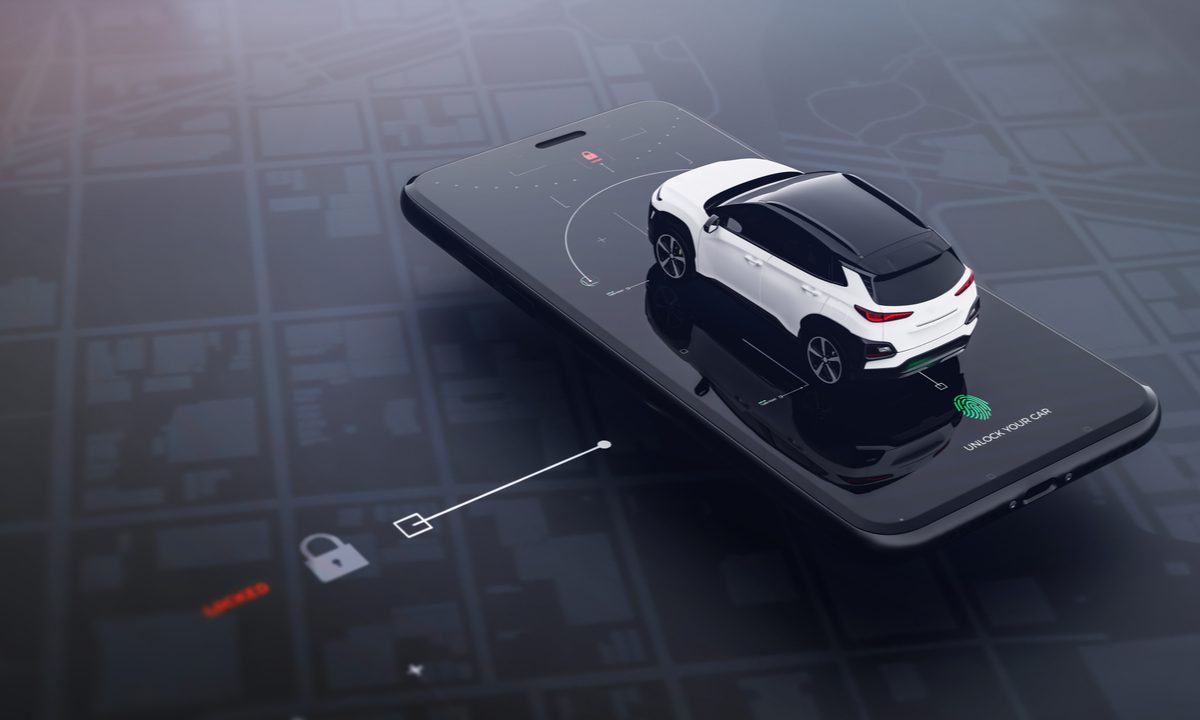
The connected economy has hit the road, transforming what happens and is turning all manner of vehicles into mobile commerce endpoints.
At the center of it all lies the technology to underpin that transformation — and the partnerships, too, between FIs, providers and OEMs in the bid to disrupt everything from paying at the pump to parking.
U.S. chip designer Qualcomm on Thursday said its automotive business “pipeline” increased to $30 billion, up more than $10 billion since its third quarter results were announced in late July, as reported by Reuters. A robust chip pipeline, we note, indicates that the demand is there for the manufacturers to build — as quickly as possible — the vehicles of the future.
For Qualcomm, The demand is tied in part to the company’s Snapdragon Digital Chassis product that is, in turn, used in the production supply chain — by equipment manufacturers and the suppliers — to enhance vehicles’ connectivity. That connectivity enables everything from infotainment delivered to passengers as they’re in the vehicles to autonomous driving and automatic parking.
Partnerships between the chipmakers and the automakers abound. In Qualcomm’s case, it is expanding its existing partnership with Mercedes Benz, where the latter will use the Snapdragon Cockpit for its in-car infotainment system beginning next year.
The partnerships also expand beyond the equipment and the technology providers. The path to forging the connected economy on wheels has all manner of stakeholders.
JPMorgan reached a deal with German carmaker Volkswagen to buy almost 75% of its financial services unit — spotlighting the appeal of (and, we would argue, the necessity) in-car payments technology.
Read Also: JPMorgan Acquires 75% of Volkswagen’s Payments Unit
Cars Become Devices
JPMorgan CEO of Merchant Services Max Neukirchen told Karen Webster that the car is “becoming a device,” connecting us to a range of activities, including payments. And we’re moving beyond the fragmentation of apps that have separate functions — to pay tolls, pay parking meters, etc.
As is germane to the VW deal, he told Webster the advanced technology will cement OEMs’ direct connection to their end users, but without having to do the heavy tech lifting in enabling the payments and the commerce aspects on their own.
The disruptions are in evidence with other partnerships, too, which use technology to turn vehicles into point of sale (POS) terminals. In July, Sunoco said it would link with fleet payment solutions platform Car IQ, which will allow secure fuel payments without a physical credit card. The initiative is being rolled out at almost 5,000 Sunoco locations across the U.S. In terms of mechanics, drivers using Car IQ Pay at Sunoco stations only need to enter the pump number, top up their fuel and drive away.
As the connected economy evolves, open innovation — and open collaboration — will guarantee the future of mobility and speed it along, said Kevin Mull, director of mobility solutions at Bosch in a recent conversation with PYMNTS CEO Karen Webster. Against that backdrop, the lines between the original equipment manufacturers and suppliers are disappearing.
We’re not all that far from a future where the parking experience itself is automated, connected and fully contactless. Picture the seamlessness as a driver arrives at a parking facility, pulls into a designated drop zone, steps out of the vehicle and taps “park” on a smartphone app. The autonomous-driving car drives off and finds its own parking space while the consumer walks away. (Uber, in this case, might seemingly be headed for some disintermediation, especially when it comes to getting to the airport.)
Read Also: Large Fleets, Open Innovation and Payments Will Drive Future of Mobility
As Webster herself noted in a recent column, there’s cross-pollination in the works that will drive us to (literally) drive these mobile endpoints – and connect commerce in the meantime. There’s a positive ripple effect that has deep reach. PYMNTS data has shown that a 10% increase in the use of digital tools in transportation and mobility use cases spurs activities in other use cases such as streaming and gaming and even ordering groceries.